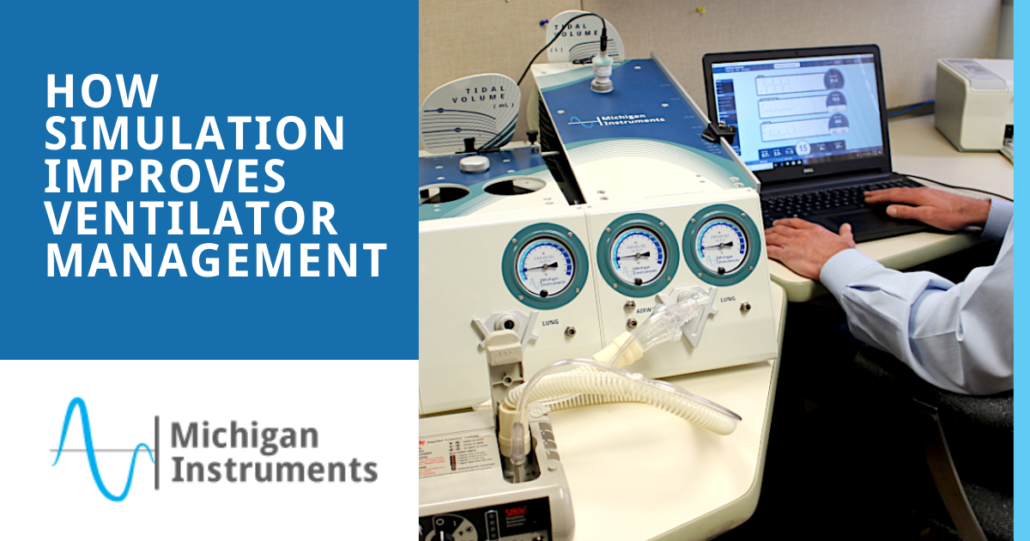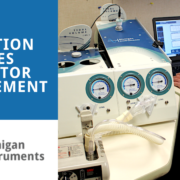
Mechanical Ventilation is a common lifesaving and life-sustaining intervention in the emergency, surgery, and critical care environments. However, changes in ventilator technology, professional standards of care, and the appearance of new disease processes can make it challenging to keep up, even for those respiratory care professionals tasked with staying on top of ventilator management. This is an area where lung and breathing simulation can truly optimize the performance of new (and old) technologies while minimizing potential mistakes and complications for the patient.
Of course, the Covid-19 pandemic meant not only an increase in the number of patients requiring mechanical ventilation, but also a plethora of new devices, sometimes manufactured by companies and organizations that have not previously specialized in this area. Yes, all manufacturers are held to a high standard for performance and quality when it comes to ventilators, but there still remains the challenge of incorporating these devices into clinical settings and practices.
Along with new technologies also comes new techniques and standards of care, depending on the disease processes and conditions being treated. This too can be a challenge. Let’s face it, none of us wants even qualified caregivers to “practice” on our loved ones.
Lung Simulation provides an answer to help medical professionals get and stay proficient with new ventilation devices and techniques by providing them with hands-on experience prior to clinical use. Simulators help clinicians gain experience in managing these technologies and learning new therapies while in a safe and controlled setting. Caregivers are able to make the connection between theory and practice, and that is extremely valuable.
At Michigan Instruments, our TTL and PneuView lung simulators have been used in training programs and simulation labs across the country. Fully adjustable, versatile, and durable, our lung simulators have the ability to replicate hundreds of healthy and diseased lung conditions while providing users with real-time feedback, effectively simulating the response to the apparatus or technique being used.
The TTL® and PneuView® systems go beyond most other available lung simulators. Simpler “test lungs” perform just a handful of simulations and are not fully to scale, which means their usefulness is limited. Our devices have the advantage of moving and “feeling” like a real lung or lungs when ventilated.
If you want to learn more about how our lung simulators can improve ventilator management, or be used in your training programs, contact us or request a quote.




